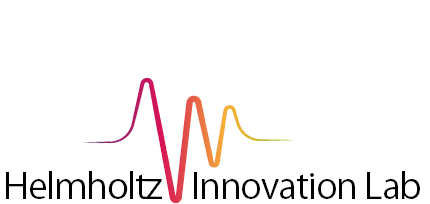High-resolution borehole seismic from the 3D-US Lab in Sweden
Part experiment in Sweden as part of a research project funded by the DFG / 3D-US Lab tests vibration source and records using seismic receivers at a depth of 320 to 820 m
Sweden, September 28, 2021: As part of a research project COSC (Collisional Orogeny in the Scandinavian Caledonides) funded by the DFG, scientists from Geomar Kiel, TU Bergakademie Freiberg, University of Uppsala and GFZ Potsdam are currently conducting seismic borehole survey in the COSC-II borehole near Åre, Sweden. The aim of this project is to determine geological structures in the vicinity of the borehole in order to obtain information on the mountain formation processes that took place here around 400 million years ago. As part of this project, the 3D-US Lab carried out a partial experiment at the beginning of the survey. A vibration source specially developed for mining was tested. This was installed at the location in order to generate seismic waves on the earth's surface. The waves cover a frequency range of 85 Hz to 900 Hz and were recorded by seismic receivers in the borehole at a depth of 320 to 820 m at a distance of 10 m. During the survey, the vibration source was excited at a distance of 5 m along a distance of 200 m (see illustration).


